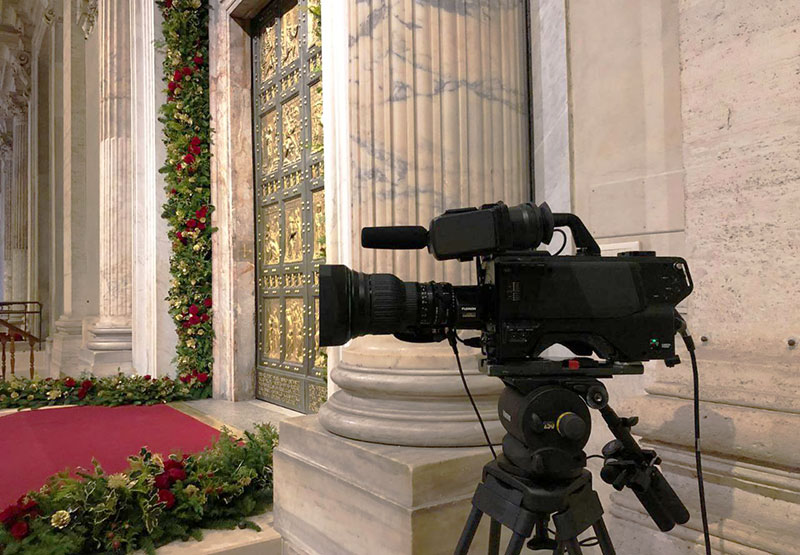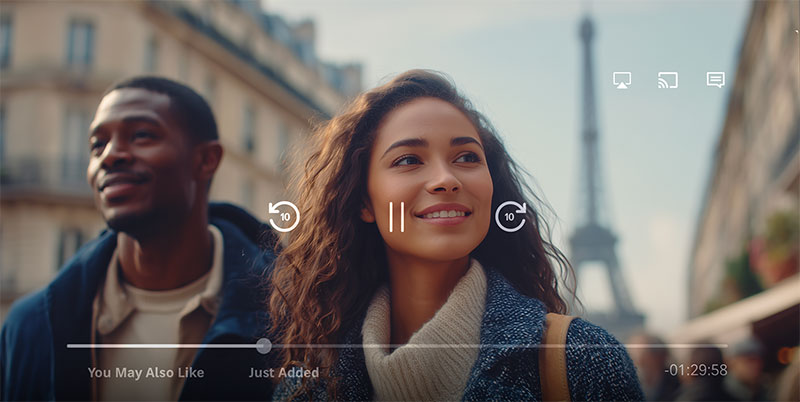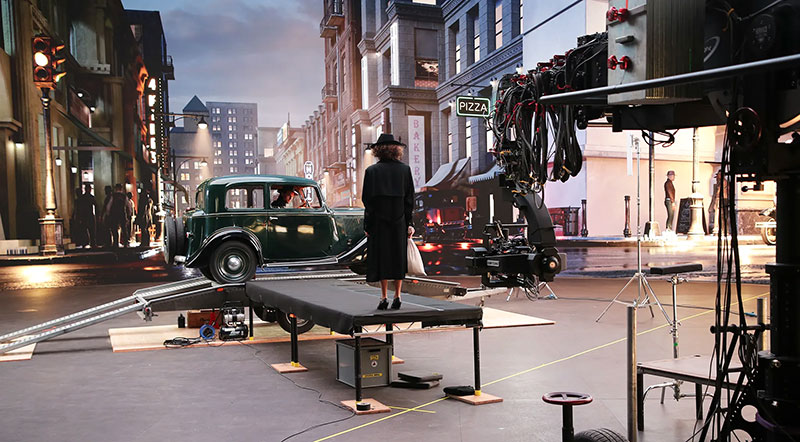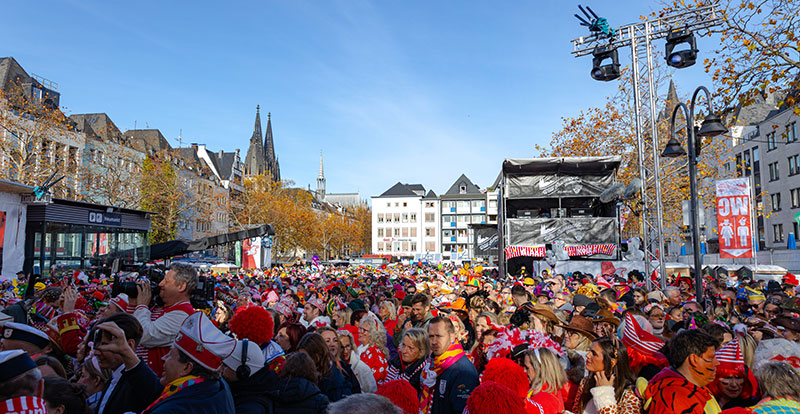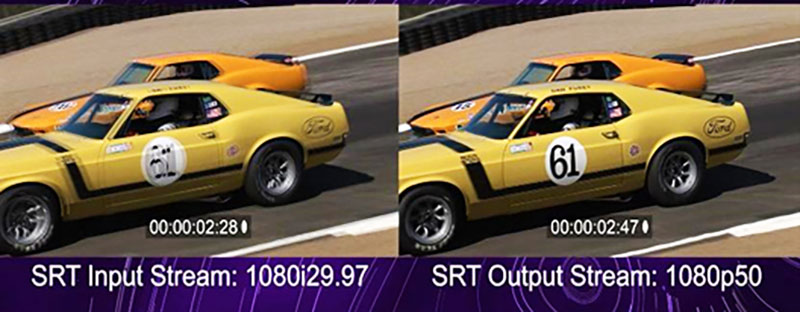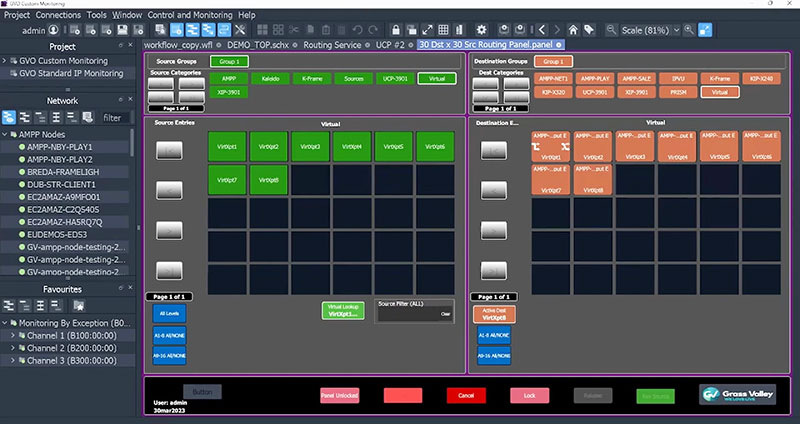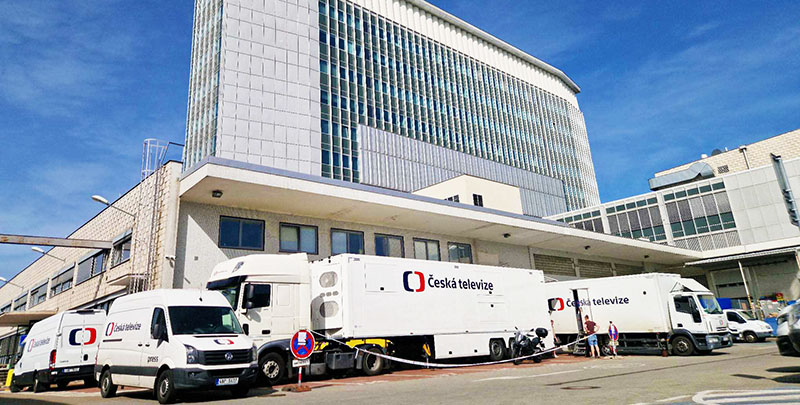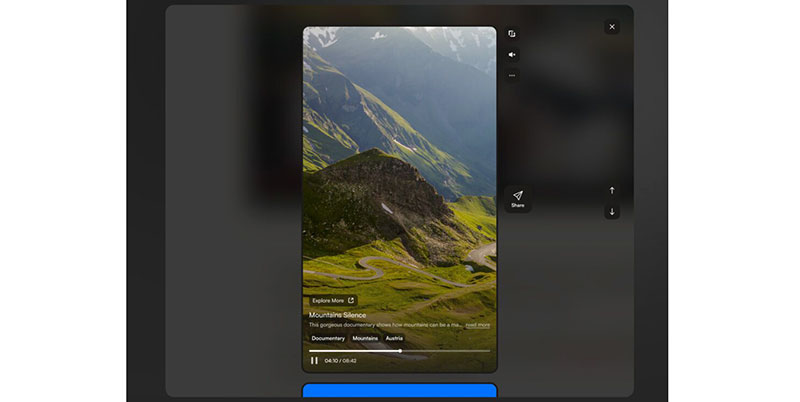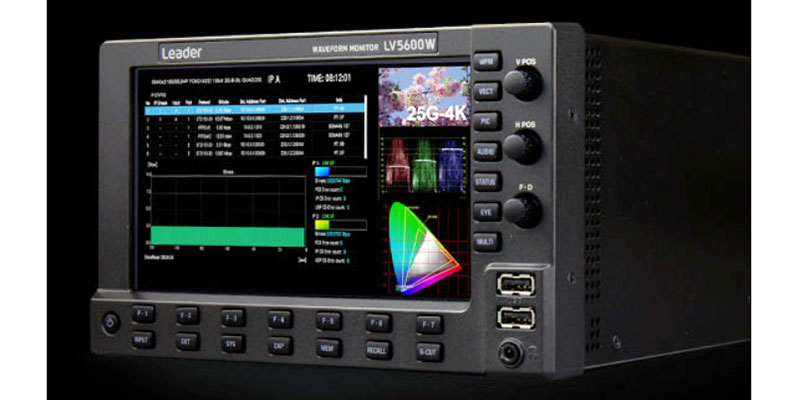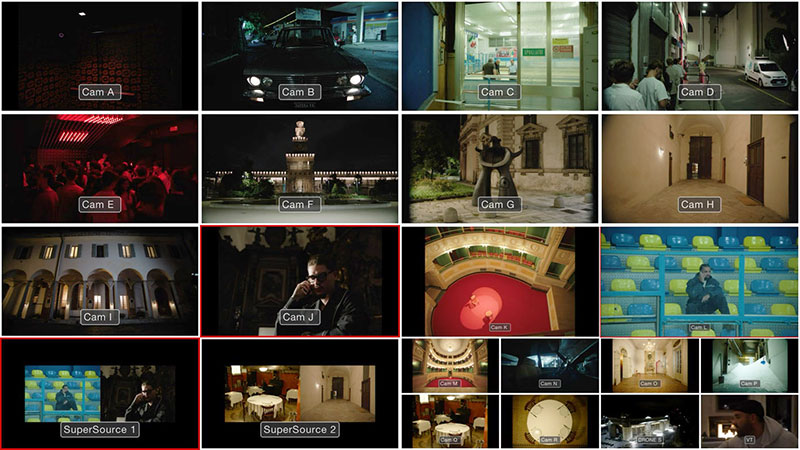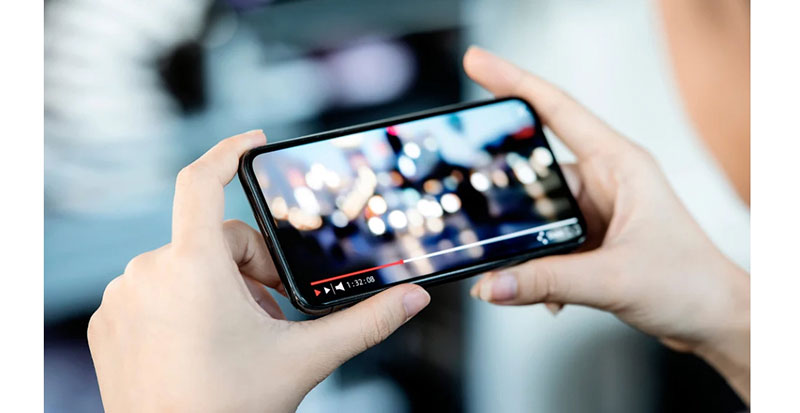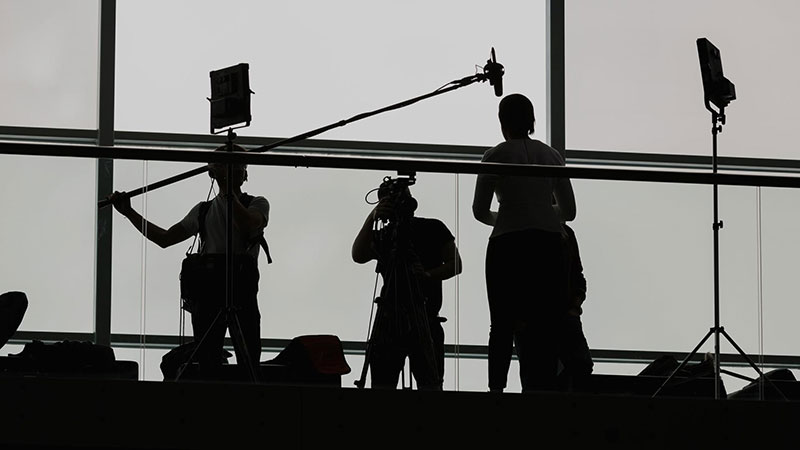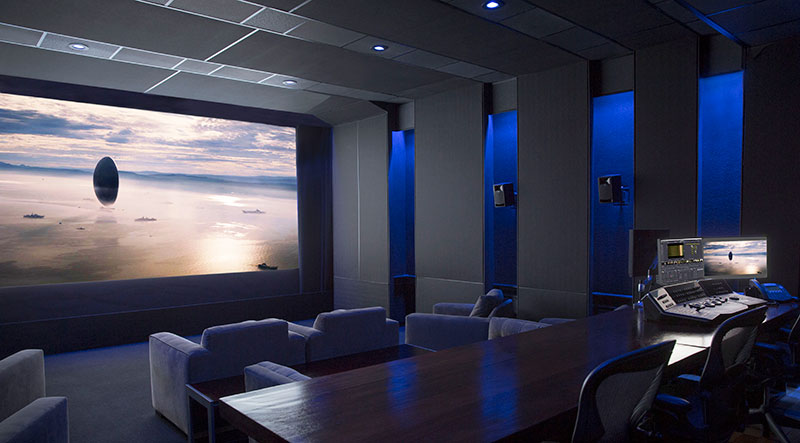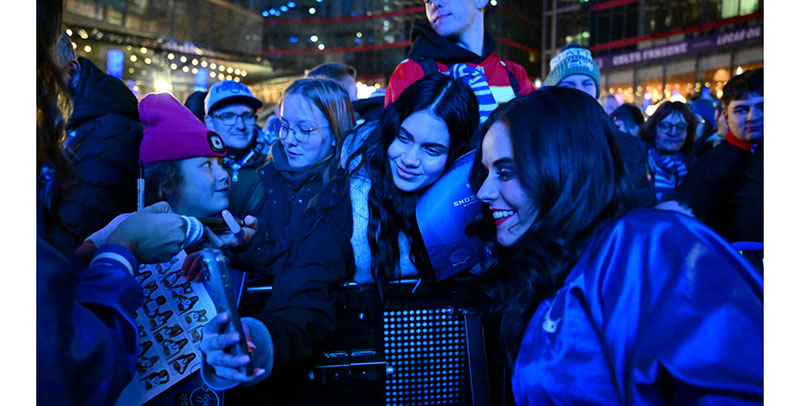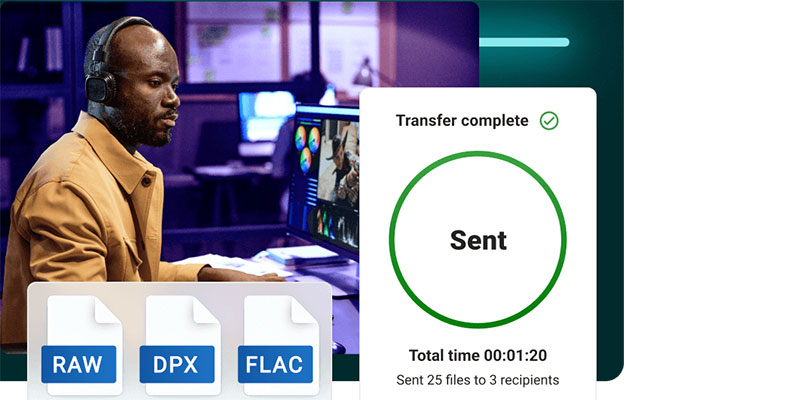The 2024 UEFA European Soccer Championship shows the potential of Advanced HDR by Technicolor in live sports viewing through visual quality, scalability, automation and efficiency.
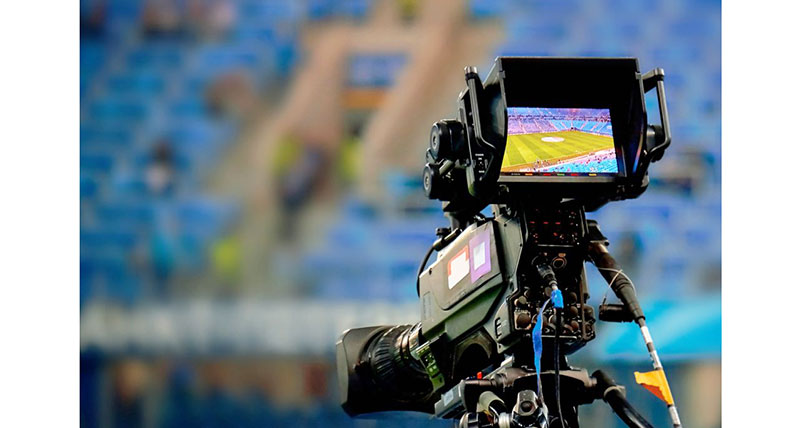
French broadcaster M6 demonstrated the potential of HDR techological developments to upgrade visual quality of their broadcasts, while addressing the operational and economic challenges of delivering HDR content at scale. The 2024 UEFA European Soccer Championship served as the testing ground for an implementation of a HDR system for a live event.
M6 worked alongside Cobalt Digital, InterDigital and independent consultant Jean-Luc Wackermann. Mathias Bejanin, Director of Technologies at M6 said, “We’ve explored Ultra HD in the past, but in this implementation, Advanced HDR by Technicolor allowed us to broadcast in HDR effectively for the first time, providing a much more immersive experience for our viewers. This was a significant step forward for us.”
Better Pixels
Historically, HDR adoption in France has faced technical and regulatory obstacles, including limited compatibility with Digital Terrestrial Television (DTT) and set-top boxes. Two recent developments made this trial possible. These were UEFA’s production of the tournament in 1080p HDR, and the launch of a new DTT multiplex optimised for high-quality HDR broadcasts.
“HDR presents what we call ‘better pixels’ by enhancing contrast, brightness and colour fidelity without the need for higher resolution like UHD,” Mathias said. “This approach for our trial proved to be a cost-effective method while maintaining exceptional quality.”
Implementing HDR at scale requires direct integration of multiple types of processing, which was made possible by Advanced HDR by Technicolor. The system’s automation capabilities played a key role in overcoming the complexity of handling mixed signal formats and varying production conditions.
Signal Processing – a Dynamic Approach
“From a production perspective, Cobalt Digital tools integrate Advanced HDR by Technicolor processes, enabling automated transitions between SDR and HDR content,” said Ryan Wallenberg, VP of Engineering at Cobalt Digital. “This automation allows us to adjust signals dynamically, while output quality is unaffected, making it easier to deliver consistent experiences across different platforms.”
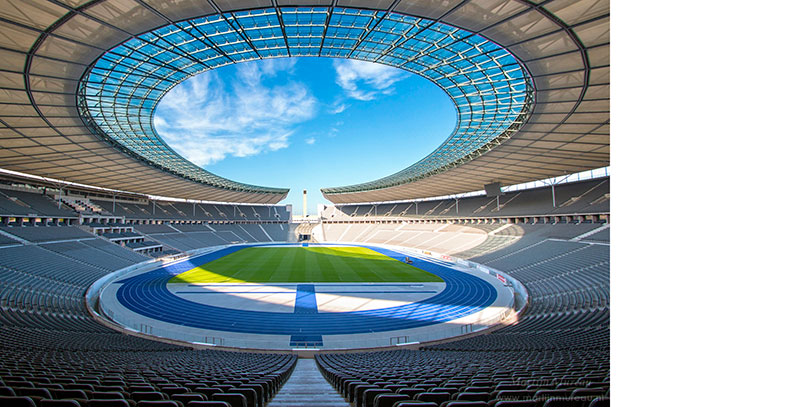
The interior of the Olympiastadion, venue of 2024 UEFA European Soccer Championship. By Martijn Mureau - Own work, CC BY-SA 4.0
Dynamic conversion starts with a static LUT, and then allows the user to customize the look and feel of the content in real time. Cobalt Digital’s equipment is compatible with standard 3rd party software used to control the transfer curve and colour correction. Also, while SDR and HDR signals themselves can be up- or down-mapped, conversion can be optimised for the type of content being produced.
For dynamic intelligent conversion, Cobalt uses the Advanced HDR by Technicolor suite of conversion tools. Its algorithm is used to automatically adjust the colour values based on the incoming video signal. Video is analysed frame-by-frame in real time, and that information is used to make adjustments as lighting conditions change over the course of the broadcast, more quickly than could be done manually. Meanwhile, human operators have time to focus on other aspects of the production.
Ryan stressed the importance of dynamic conversion. “Live sports like soccer involve constant changes in lighting and movement,” he said. “Advanced HDR by Technicolor’s Intelligent Tone Management (ITM) makes sure that transitions are smooth, and needs little manual intervention during production.” The ITM tone expansion tool up-converts SDR content to the necessary HDR format – HLG, PQ or SLog3 – with enough flexibility to manage contrast, brightness and colour saturation.
Balancing Automation and Control
Frederic Plissonneau, HDR System Architect at InterDigital, emphasized the role of machine learning and automation in enabling Advanced HDR by Technicolor.
“This technology mimics what a skilled human operator would do to optimize SDR to HDR conversion,” he said. “By analyzing vast datasets and applying dynamic expansion curves, Advanced HDR by Technicolor automates the process while still allowing for customization when needed. This balance of automation and control is critical for live broadcasts.”
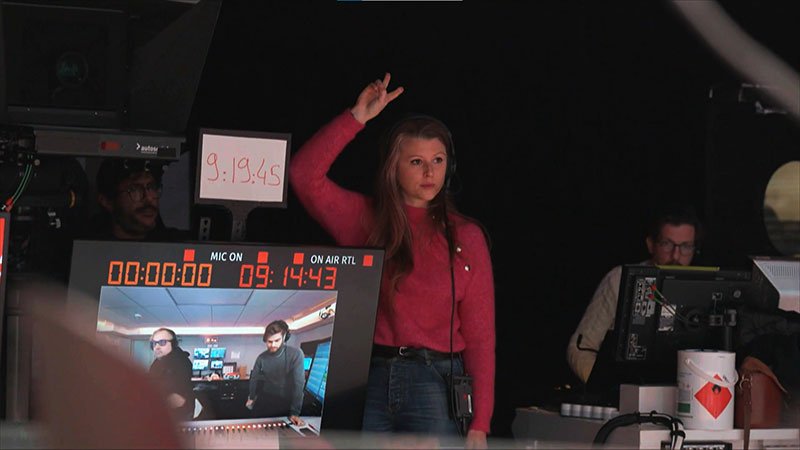
He also noted that the system’s temporal smoothing capabilities are essential for managing changes in lighting conditions. “Whether it’s a shadow moving across the field or a sudden change in brightness, Advanced HDR by Technicolor ensures that transitions are smooth and free of visual artifacts,” he said.
A key feature of Advanced HDR by Technicolor is its single-layer distribution model, or SL-HDR, capable of transmitting both SDR and HDR content using a single signal, reducing bandwidth requirements and simplifying workflows. “As a result we can deliver HDR content efficiently, without requiring separate channels or doubling transmission costs,” Frederic said. “It’s already in use in the US and is a scalable system for broadcasters.”
Mathias Bejanin agreed, noting that a single-layer approach is critical for addressing the cost of HDR adoption. “Switching entirely to HD HDR on DTT using SL-HDR could be our opportunity to modernize our broadcasting infrastructure while keeping costs manageable,” he said.
Broad Adoption
The trial involved extensive testing and collaboration to evaluate equipment and workflows. Mathias said, “Cobalt’s flexibility and the quality of Advanced HDR by Technicolor were instrumental in meeting our objectives.” Considering the importance of dynamic conversion, Jean-Luc also concluded that static conversion methods are inadequate for the complexity of live sports. He said, “HDR by Technicolor’s dynamic capabilities gave the best results, ensuring consistent quality across all feeds.”
While the trial was a technical success, broader adoption of HDR will depend on consumer demand and regulatory support. “The feedback from viewers has been overwhelmingly positive,” said Mathias. “But widespread adoption requires compatible devices and infrastructure upgrades. ISPs are showing interest in HDR-compatible set-top boxes, which could drive future growth.”
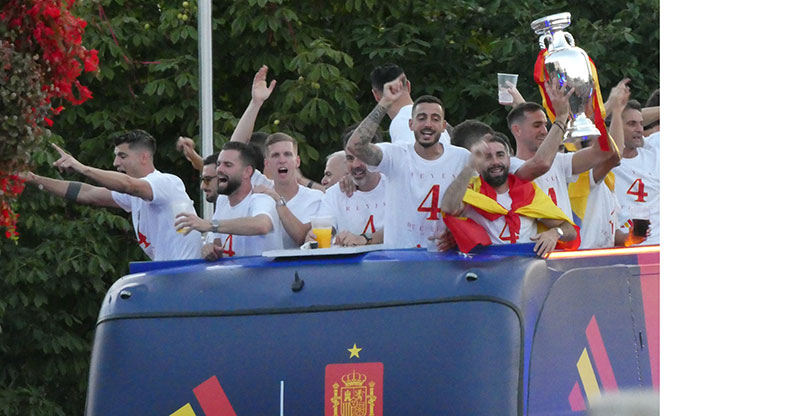
Spanish squad celebrating the title in Madrid, 15 July 2024. By CARLOS TEIXIDOR CADENAS - Own work, CC BY 4.0
Frederic commented, “Advanced HDR by Technicolor is a compelling method for scaling HDR without disrupting existing workflows. Its backward-compatible design results in a smooth transition for broadcasters and viewers alike.”
Economic and Strategic Implications
The overall conclusion is that, compared to UHD, HDR represents a cost-effective way to enhance visual quality. “With Advanced HDR by Technicolor, we deliver a premium experience without quadrupling our bandwidth and storage requirements,” said Mathias. “It’s an ideal format for modernizing DTT and maintaining its relevance in a competitive media landscape.”
Concerning the return on investment of HDR Jean-Luc Wackermann said, “For broadcasters, HDR is the best compromise between quality and cost. Advanced HDR by Technicolor’s dynamic features make it a practical choice for enhancing the viewing experience without excessive investments. This trial has proven that HDR can be integrated into existing workflows while delivering significant value to both broadcasters and viewers.” advancedhdrbytechnicolor.com




